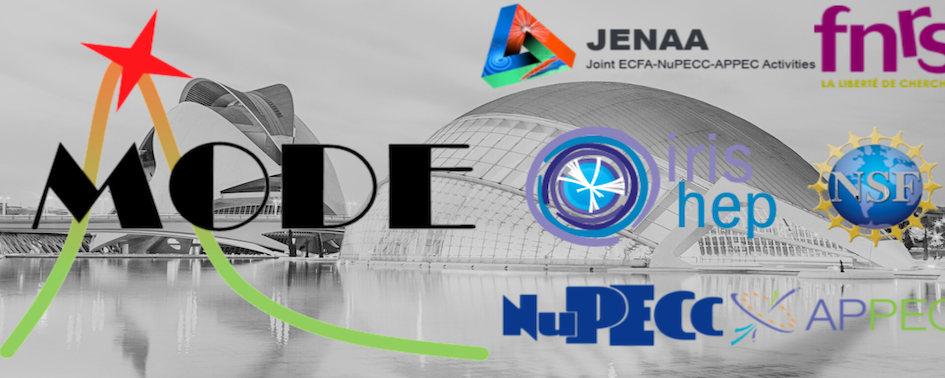Speaker
Description
In this contribution, we explore advanced algorithms designed for real-time particle searches, utilizing the enhanced parallelization capabilities of modern GPU-based trigger schemes. These algorithms focus on detecting reconstructed particle tracks with high precision. By projecting physics candidates onto 2D histograms of flight distance and mass hypotheses at a remarkable 30 MHz rate, the algorithms identify potential new particle candidates and provide strategic guidance for developing new detection triggers. A significant challenge in track reconstruction is the reduction of "ghost tracks," which result from false hit combinations in detectors. To address this, a single-layer feed-forward neural network (NN) design has been pioneerd to filter ghost tracks through the parallel evaluation of numerous track candidates using GPUs. This approach, implemented in the first High-Level Trigger (HLT1) of the LHCb experiment for Run 3, supports real-time tracking reconstruction while meeting high efficiency and throughput requirements. The NN is integrated into several detection algorithms at LHCb HLT1 and can be adapted to various track reconstruction problems across different detector layouts. Details of the implementation and performance of these strategies, within the context of differentiable programming, will be discussed, including outcomes from initial prototypes from simulated and real data.
